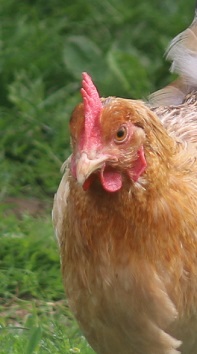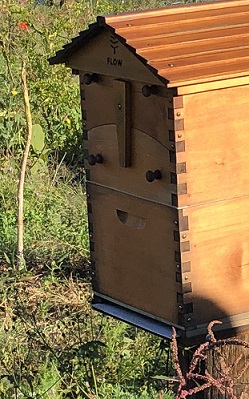Learn More about Animals for a Permaculture System
 Permaculture is all about creating a sustainable, yet productive landscape. To do this, you need to understand the many different species of animals that can exist in such a landscape, and how they interact with each other and the rest of their environment.
Permaculture is all about creating a sustainable, yet productive landscape. To do this, you need to understand the many different species of animals that can exist in such a landscape, and how they interact with each other and the rest of their environment.
Course Structure
There are eight lessons in this course.
- Integrating Animals Into A Permaculture System/Garden
- Role Of Insects And Other Small Animals
- Poultry
- Bees
- Grazing Animals
- Managing Larger Animals in Permaculture
- Aquaculture Production Systems
- Aquaculture Species to Grow
Course Duration - 100 hours of self paced learning
Learn How Animals Can be Managed as Part of a Permaculture System
When you create a permaculture system, you need to understand how all of the components of that ecosystem work together in order to make appropriate choices about the components you introduce into the system, the way you introduce them and the way you manage them. Permaculture is about self-reliance through community, not self-sufficiency.

This applies to all components, living and non-living, natural and man-made, including animals.
Animals include not only the obvious domesticated animals (e.g. poultry or pets) but also wild animals such as birds or rodents, or small animals such as earthworms and insects.
All animals eat, excrete and physically move. They use water. They process nutrients, helping break down complex materials into simpler chemicals.
- Animals contribute to improving soil fertility, thus helping plants to grow.
- Dead animal tissue is eaten by other animals or rots into the soil, either way, eventually contributing to soil fertility.
- Animals eat pest organisms, keeping pest populations from reaching plague proportions
- Microorganisms decompose pollutants
- Animals can damage soil (Large animals can cause compaction if not given enough space even small animals can disturb soil through, digging or too much foraging)
- Animals are harvested from a system periodically. Eggs are taken from poultry, milk is taken from cows and goats, fur and feathers, leather, honey and meat are all taken from animals as well.
- Things that you do in a permaculture design will often attract, repel, divert or in some other way control the animals in that system (e.g. If you plant bird attracting plants, you may end up having more birds in the system, which can in turn improve control of some types of pests but may also lead to loss of fruit produce through overeating)
Who Should Do this Course?
- Permaculture Professionals
- Farmers and Hobby Farmers
- Garden Designers
- Gardeners and Landscape Professionals
- Environmental managers
- Anyone with a passion for the Environment, Sustainability or Permaculture